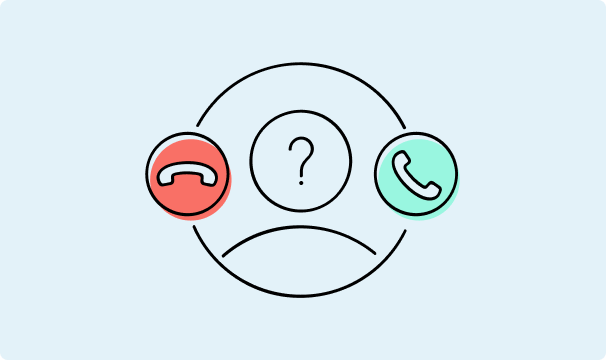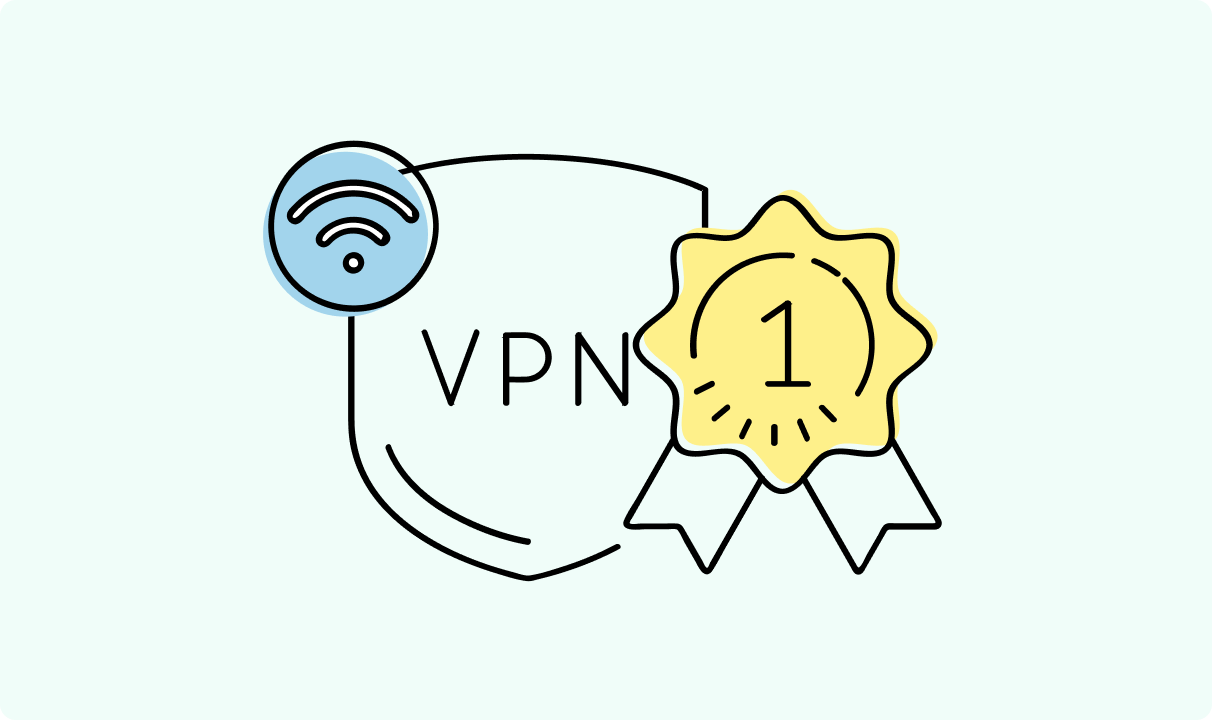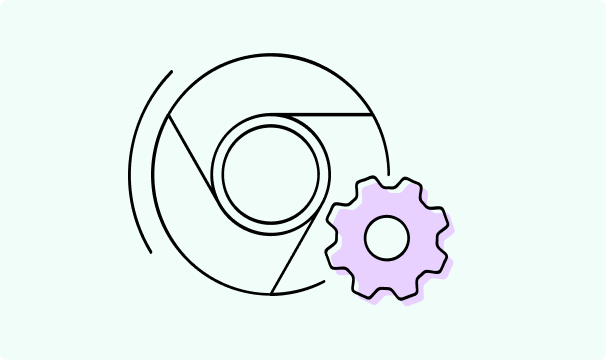Understanding No Caller ID: How to Manage Unknown Calls Effectively
Key takeaways:
- “No Caller ID” calls pose risks such as compromising privacy or ending up at the hands of scammers.
- Scammers use advanced manipulation techniques that must be faced with calm and firm reactions with insightful methods to repel their attacks.
- Identifying the caller via online tools or blocking “No Caller ID” contacts are among the most effective strategies to avoid such calls in the future.
Imagine being at work or relaxing after a tiresome day, and suddenly, you receive a phone call. The screen flashes: “No Caller ID.” Even if it was only an unknown number, you might hesitate whether you should answer, for it might be one of those spam calls by scammers or telemarketers. But “No Caller ID” sets off a whole new level of alarming curiosity.
These oddly looking calls are more than just an annoyance – they can be a privacy risk or a gateway to scams. To avoid these threats materializing, one needs to learn how to identify and handle these calls without getting into a trap and keeping a peaceful mind.
In this guide, you will find practical tips on identifying and blocking calls with no caller ID for better privacy.

Adomas Šulcas
5 min read

What Does “No Caller ID” Mean?
When a call displays as “No Caller ID,” it means the caller has deliberately masked their number so that it would not appear on your screen. It means that the caller intends to remain anonymous to you.
That differs from an “Unknown Caller,” where the network cannot retrieve the number due to technical reasons and can be unintended by the caller.
However, phone carriers mask numbers using features like typing #31# or *67 before the number they call, which allows users to hide their number from the call receiver. Although it can be useful in specific situations, it is quite often exploited for less noble purposes.
Reasons You’re Getting Calls from “No Caller ID”
Telemarketers or Spam Calls
Marketers or other commerce agents tend to hide their numbers because they know that if you google them before answering the next time, chances are that you will block or ignore their numbers.
Masking the number also helps with bypassing call-blocking tools. By using “No Caller ID,” telemarketers increase the possibility of you answering their unwanted calls. Such intrusions are a frequent frustration for many.
Scammers Using Hidden Numbers
Scammers love to mask their identity, starting with the phone number to make phishing attempts or fraudulent claims. An unknown caller ID will make it harder to trace the call.
Such anonymous calls can target sensitive information or pressure you into financial scams. This type is the most dangerous out of all since it will not only waste your time but can lead to wasting your money or compromising your privacy.
Legitimate Cases of Hidden Numbers
Not all “No Caller ID” calls are malicious. Doctors, law enforcement, or private investigators may use hidden numbers to maintain privacy when making important calls.
Such cases of “No Caller ID” can protect you from scammers who might, let’s say, target your sensitive information, such as judicial or medical records in your call history, and masked caller ID will save you trouble.
Risks of Answering Calls From “No Caller ID”
- Privacy concerns: Answering “No Caller ID” calls can expose you to risks, such as leaking personal details. If you stay vigilant, however, it will not harm you. However, scammers use advanced luring tactics to force you into situations where even a simple “Yes” could be recorded and misused.
- Scam risks: Scammers often use the aforementioned high-pressure tactics to manipulate unsuspecting recipients into telling them something by pretending to be your bank, gym, hospital, or other institution related to you. Hidden numbers make it harder to report or track these fraudulent attempts.
- Annoyance and stress: Repeated unwanted calls can cause unnecessary stress and disrupt your day. Especially if they manage to raise a doubt in your head whether it is an actual offer or situation that somehow relates to you instead of being just a scam. The emotional toll of these anonymous calls adds up over time.
How to Identify “No Caller ID” Numbers
Using Caller ID Apps
Apps like Truecaller or Hiya can help identify unknown callers. These tools crowdsource information to flag potential spam calls or hidden numbers.
However, it will help with unknown callers only because they can’t identify the caller when it has no ID on the call.
Carrier Services (*69 Call Return)
Many phone carriers offer *69 return services that dial back the last number that called you. While not always effective against “No Caller ID” calls, it is worth a try.
Online Reverse Lookup Tools
Websites specializing in reverse lookup may help trace some hidden numbers. You might install the app, and when you get one of these mystery calls, the tool will reveal the hidden number if it had it in its database.
However, it mostly works with unknown callers when you already know their number, so these tools can’t guarantee success against intentionally masked calls.
Challenges of Identifying Hidden Numbers
In cases of spoofing, where the caller disguises their number entirely, tracing of caller ID becomes nearly impossible. Technology creates additional limitations for identifying such calls.
Therefore, it is significant that you remain calm and vigilant when you receive such calls to avoid any complications that they might lead to.
How to Block “No Caller ID” Calls
Blocking Calls on iPhone
You can block calls on the iPhone in two ways. One of them is by silencing unknown callers:
- Go to Settings > Phone > Blocked Contacts.
- Toggle on Silence Unknown Callers to block unknown callers. This feature redirects calls from numbers not in your contacts to voicemail.
The other one is by adding a new contact to your device with a phone number 000 000 0000 and “No Caller ID” as the first name of the contact:
- Go to Settings > Phone.
- Scroll down and tap Add New...
Choose “No Caller ID” from your contact list to block it.
Blocking Calls on Android
- Open the Phone app and navigate to Settings > Blocked Numbers.
- Enable the option to block unknown callers.
You can also try adding a new contact with the number 000 000 0000 and “No Caller ID” as the first name of the contact and then blocking that number in the same place:
- Go to Phone > Settings > Blocked Numbers.
- Click Contacts.
- Choose “No Caller ID” from your contact list to block it.
Using Carrier Services to Block Calls
Many carriers offer tools to block unwanted calls. For example, AT&T’s Call Protect or Verizon’s Call Filter can screen spam calls and block anonymous calls automatically.
Proactive Privacy Tips
- Use virtual numbers for online registrations to avoid sharing your primary number.
- Consider enabling Do Not Disturb mode to silence unknown callers during specific hours.
- Avoid answering calls from unrecognized numbers, especially those marked as anonymous.
Final thoughts
Constantly facing “No Caller ID” can be draining, yet it does not have to be. Understanding the sources, risks, and reasoning behind these calls, you can use various tools and techniques to take control of such calls by either blocking them to silence unknown callers or finding out who is calling.
Beware of the limitations of external tools, and don’t reveal any personal information. Try to avoid talking to callers that you have no factual evidence about who they are.
With the practical tips in this article, you can have a grounded calmness that will help you avoid threatening encounters.

Author
Adomas Šulcas
Chief Operating Officer at Growth Bite
Adomas is a technical writing expert who founded Growth Bite, a digital marketing company, focused on providing high-value SEO and content marketing services to SaaS companies.
Related articles

4 min read
Best Residential VPN Providers in 2025
A Virtual Private Network (VPN) encrypts your traffic and hides your IP address. The way these functions are accomplished affects various aspects of your online privacy and security.
Here, we'll consider using residential IP addresses instead of those originating from a data center. A residential VPN has advantages compared to traditional ones, but there are some caveats. It all boils down to residential VPN providers.
The worst ones may even create more risks than benefits. We'll end this article with a list of the best residential VPN providers on the market.

Guoda Šulcaitė
4 min read
Ethernet vs Wi-Fi: Which One is Better?
Ethernet and Wi-Fi are the two main ways to connect your computer to the internet. While Wi-Fi has received significantly more attention in recent years, especially among consumers, due to its simplicity and flexibility, ethernet is still widely used in various other applications.
Even if Wi-Fi is significantly more popular, it isn’t strictly better. Both methods have their benefits and drawbacks. Wi-Fi’s popularity comes from its ease-of-use and flexibility, but an ethernet connection can be much more useful in certain scenarios.

Adomas Šulcas

5 min read
How to Change Chrome Proxy Settings: The Ultimate Guide
A proxy server is an easy alternative to a VPN that can perform most of the functions of the latter. It’s a server that stands between your device and the destination server, taking your connection requests and forwarding them in your name.
Destination servers in almost all cases see the proxy server as the originator of the request. As such, proxies are widely used in various, mostly business-related applications whenever privacy, security, location changing, and several other factors are at play.

Guoda Šulcaitė